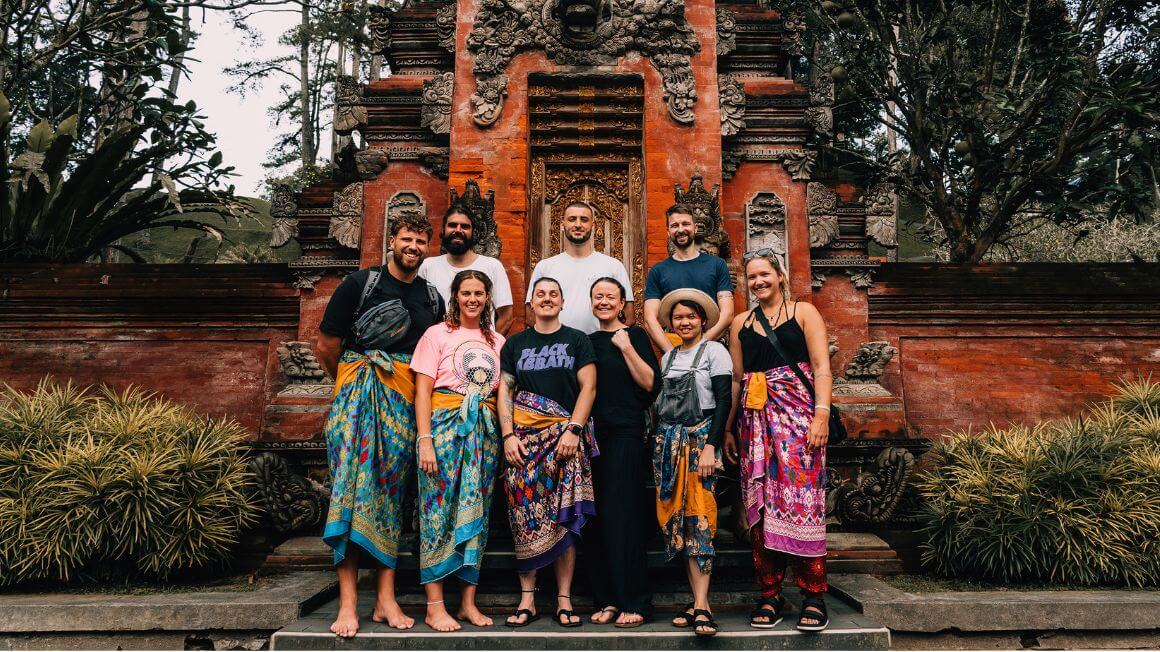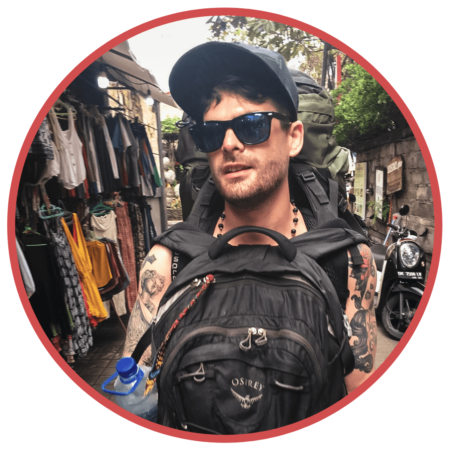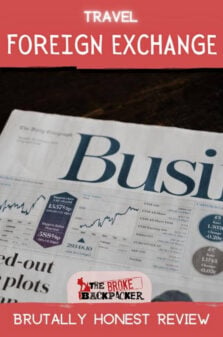Not all currencies were created equal. For example, you could be surviving on the breadline with $1k per month in the US and yet that very same $1k would make you one of the richest kids on the block over in Bangkok (FYI – having money to spare in Bangkok can prove dangerous!).
If you have ever travelled then you know the basics, you swap your currency for another and use that to buy beer, daal and crappy souvenirs. But in reality, there is a lot more to it than that. You may well have noticed that when you travel, you rarely get the exchange rate you were expecting and often end up paying a ton of extra in fees that you cannie quite wrap your wee head around.
In this post, we are going to go in deep, and take a closer look at travel foreign currency exchange and how it all works. It may sound dry but I promise to make it fun!
A few words before we begin – we have previously written in more general terms about travel banking matters. We have also previously covered other travel finance issues like travel insurance extensively.
So just think of this site as a one-stop-shop for all of your travel money matters!

Do You Want to Travel FOREVER??
Pop your email in below to get a FREE copy of ‘How to Travel the World on $10 a Day!’.
Travel Foreign Exchange – Using Your Bank Card Abroad
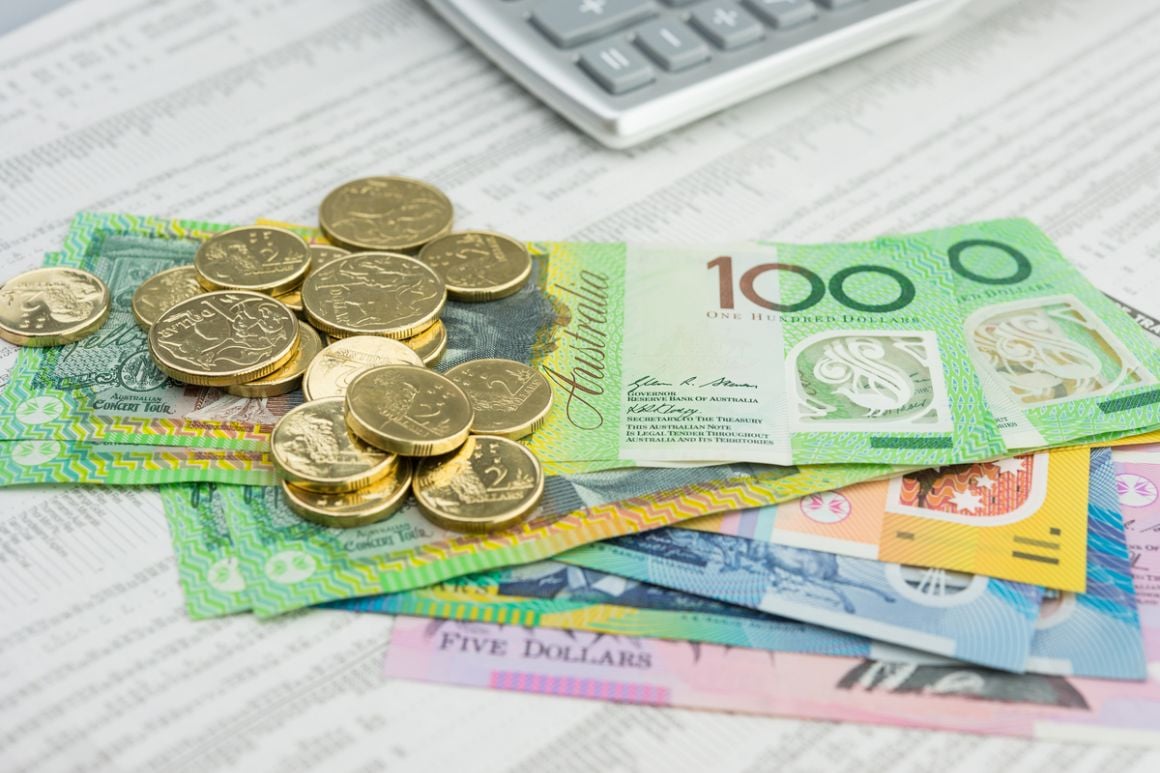
The Broke Backpacker is supported by you. Clicking through our links may earn us a small affiliate commission, and that's what allows us to keep producing free content 🙂 Learn more.
Most people don’t ever really pay much attention to travel banking or foreign currency issues and for your casual “2 weeks a year vacationer” that’s all perfectly well and good. But for long-term backpackers, travel junkies and especially us digital nomads that’s a serious folly that will cost us deep in the purse.
I will start with the absolute basics.
When you use your bank card at an ATM abroad, the following chain of events happens;
- Your bank gets the request for money (“help I’ve been kidnapped in Thailand by this beautiful friendly girl, please send money to ensure a happy ending!”)
- They then debit your account
- They change the money from your native currency into the foreign currency before they…
- Send it on to the bank that is running the ATM
- and they (the local bank with the dodgy-looking ATM) then release it to you for that happy ending!
That’s quite a few steps, and this is why (as you may have noticed) foreign ATM withdrawals can take a bit longer than they do at home and why you so often fear that the ATM has eaten your card and frozen.
Usually, your bank will charge you a fee for all of this complicated work (which is done in seconds by a computer). The bank running the ATM will also charge a fee as they have had to receive money from abroad which usually incurs a small SWIFT transaction fee, but also because they had to trouble themselves speaking to you in English. Yeah, it’s a lowkey travel scam but unfortunately, there’s only so much you can do about it.
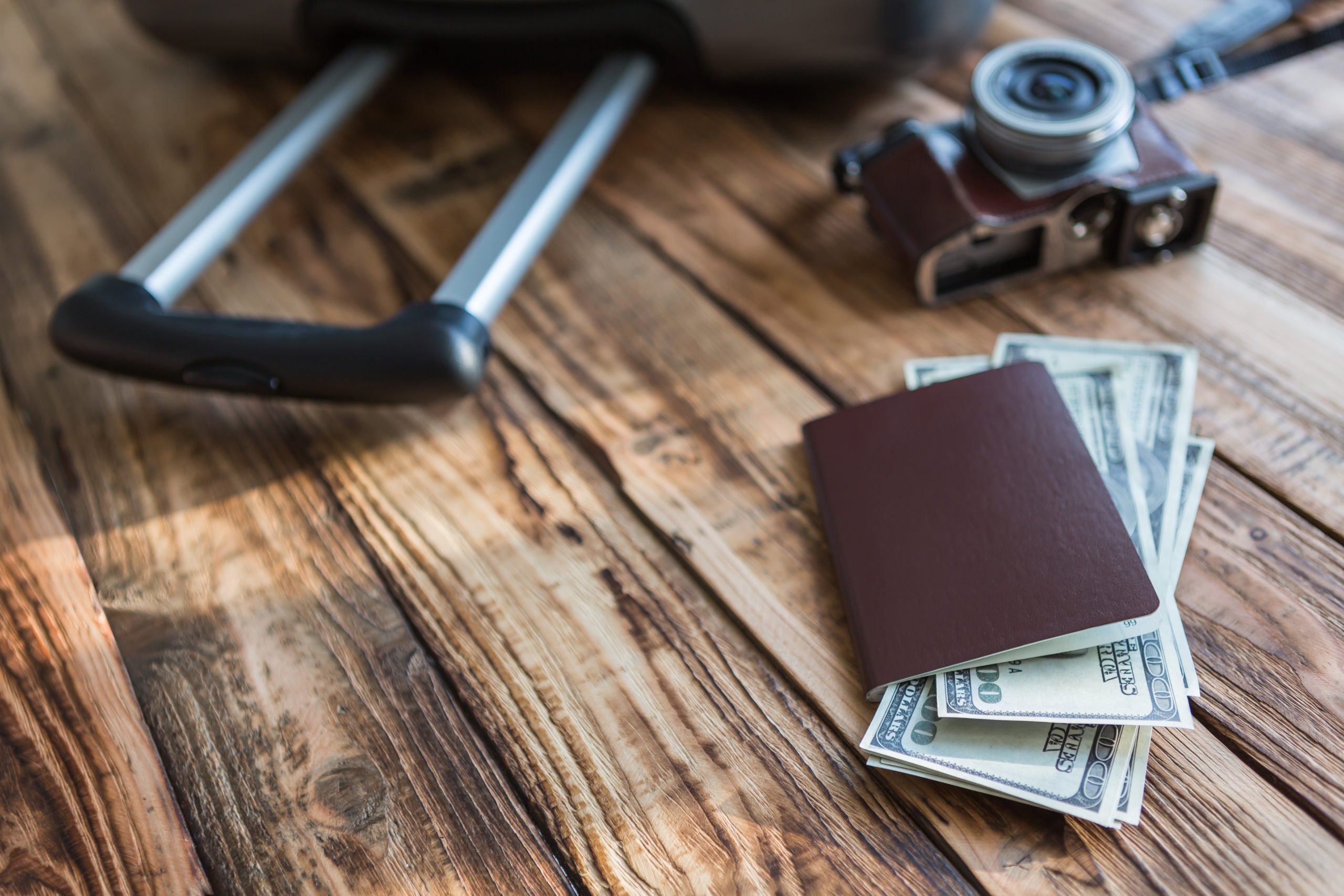
FX Markups
However, what you don’t see is that your bank has played a wee little bit of a sleight of hand here. Because they are changing the money at their end, they get to set the foreign currency exchange rate that is being used.
Rather than simply apply the prevailing, standard open market rate (as per XE for example) they instead use their own rate which has a “marked up” exchange rate which is usually around 2% worse than the market one. Cheeky right?!
For example – if you are an American in Europe and the prevailing market rate is $1 = €1, the bank will treat it as around $1 – €0.98 meaning you have to “spend” more Dollars (well cents) to get your money and they then keep the difference. While 2% is small, on a $100 withdrawal it’s $2 lost and over a long trip that adds up to a few lattes and can really throw your backpacking budget out of kilter over time.
You will also notice that at the final process, the ATM will ask whether you want to “Continue With Conversion” or “Continue Without Conversion”. Always select “Continue Without Conversion” as this makes sure that the rate YOUR bank applied is used rather than allowing the local bank to use their rate which is always a lot worse (and you thought YOUR bank was ripping you off?).
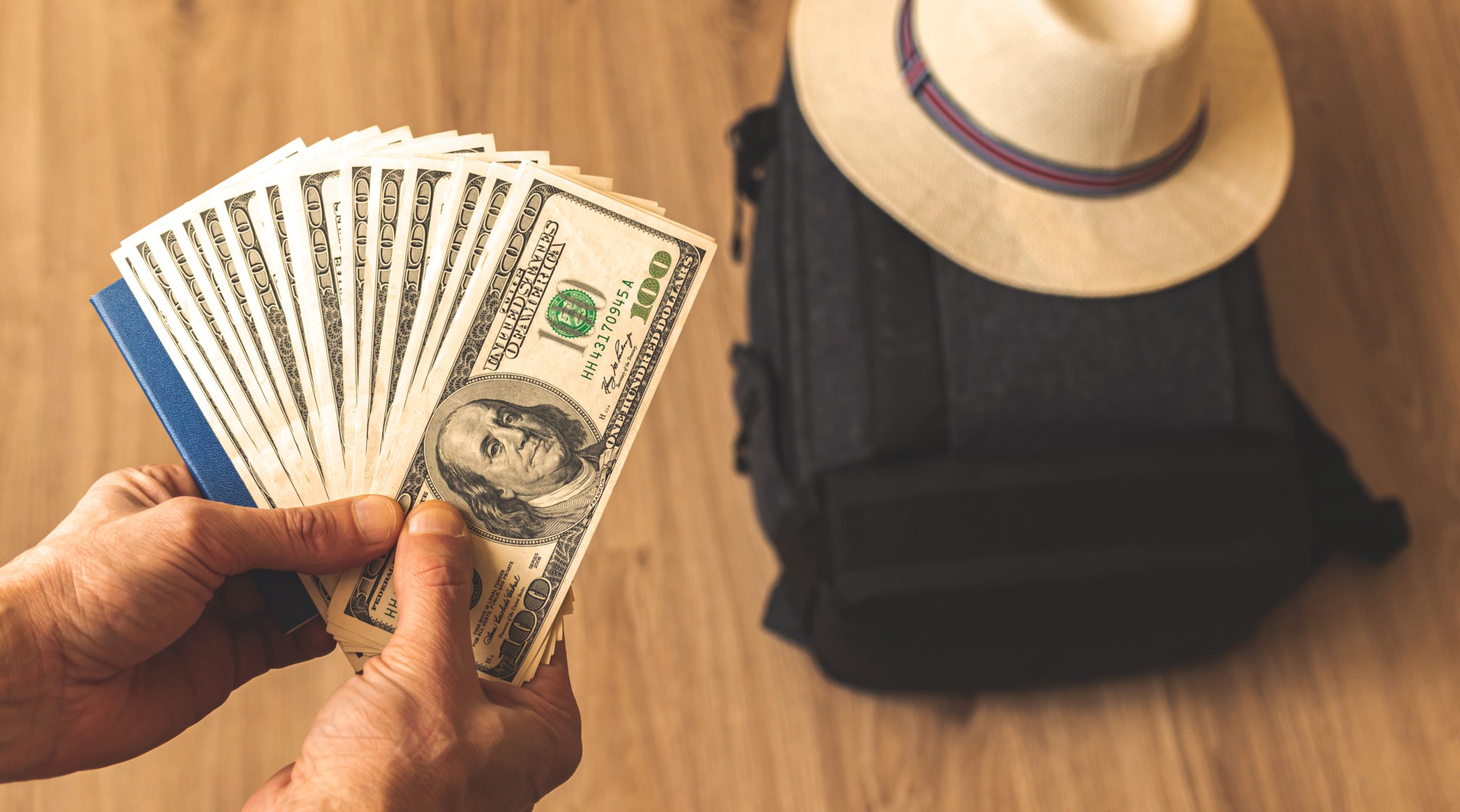
The process for making bank card payments works exactly the same, the only difference is that there are sometimes lower fees or even no fees – especially if you use one of them fancy credit cards that credit-worthy people go around showing off.
The danger with using a credit card on a long-term backpacking trip however is that it’s very easy to forget to make the monthly payment which is a whole other world of fees and penalties. And believe me, they know this, which is exactly why they try to tempt you!
For this reason, we always recommend using specialist travel cards like Revolut, Starling or Monzo as they often offer “zero fee” transactions on card uses as well as free ATM withdrawals up to a certain limit.
However, even specialist travel cards apply markups and while the markups they apply are usually better than the ones the banks use, it also pays to get into your app, read through the terms and conditions and check that for yourself – do it next time you have a particularly long bus ride or are hard passing a particularly stubborn stool!
Sending Money Abroad
A Money Transfer is when a customer sends money from their bank account to a foreign bank account. It is less common for travellers to need to “send money abroad” but it does happen sometimes, and digital nomads often have to do it (they got extended Thai families to feed after all).
Whenever you send money abroad the process is very similar to the ATM process, your bank handles the currency conversion, and then sends the foreign currency to the recipient’s bank. The difference is that the fees are usually a lot higher and can range from anywhere between $2.50 to $50 and that’s BEFORE the recipient’s bank has gotten around to also charging a fee which you may be liable for.
If you do need to send money abroad, never under any circumstances use your bank to do it. Instead, open an account with a low-cost Money Transfer Provider and have them do it instead. They are a lot cheaper than the banks as they offer zero-fee transactions and better exchange rates. There are a lot of them out there and comparing money transfer companies can be tiring so maybe use a comparison site.
This is a particularly powerful option for those who need to pay for something like a once-in-a-lifetime safari or a stay in a luxury hotel in a foreign currency.
How Foreign Exchange Really Works
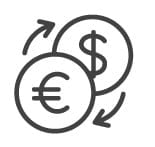
I’ve talked quite a bit about foreign exchange so I may as well take a few minutes to go into it in a bit more depth.
Foreign exchange is basically how one currency rates against another. For example, there is a dollar-to-yuan rate and then there is a dollar-to-euro rate. Here are some example exchange rates from the time of writing (January 2023).
$1 = £0.81
$1 = €0.93
$1 = $AUS1.45
$1 = 33.06THB
Foreign Exchange rates are ultimately set by an International cabal of professional currency traders. Well, we say “set” but as you know, according to Keynesian economics markets are not controlled so much as they respond. However, each day these traders buy and sell currencies and how much they are buying and selling ultimately sets a currency’s value.
But of course, there is a good bit more to it than this. The value that traders attach to a given currency is a reflection of their estimation of the economic and political situation and stability of the nation behind it and how much trade they are doing with other countries.
For example, after the Brexit vote of 2016, the pound sank. At the time I was in Nepal and went from getting 102 rupees for £1 to 91 – I got 10% poorer overnight so had to ration myself to one daal bhat per day. The pound then tanked (or Kwartanked…) after Liz Truss’ disastrous financial statement of September 2022. And we used to be so strong and stable here in the green and pleasant land!
If you have ever spent a lot of time in a foreign country, you may have noticed this affecting you – at the start of your trip, 10,000 baht cost you x, now the same amount is costing you y – why? Well, now you know why x sometimes turns into y.
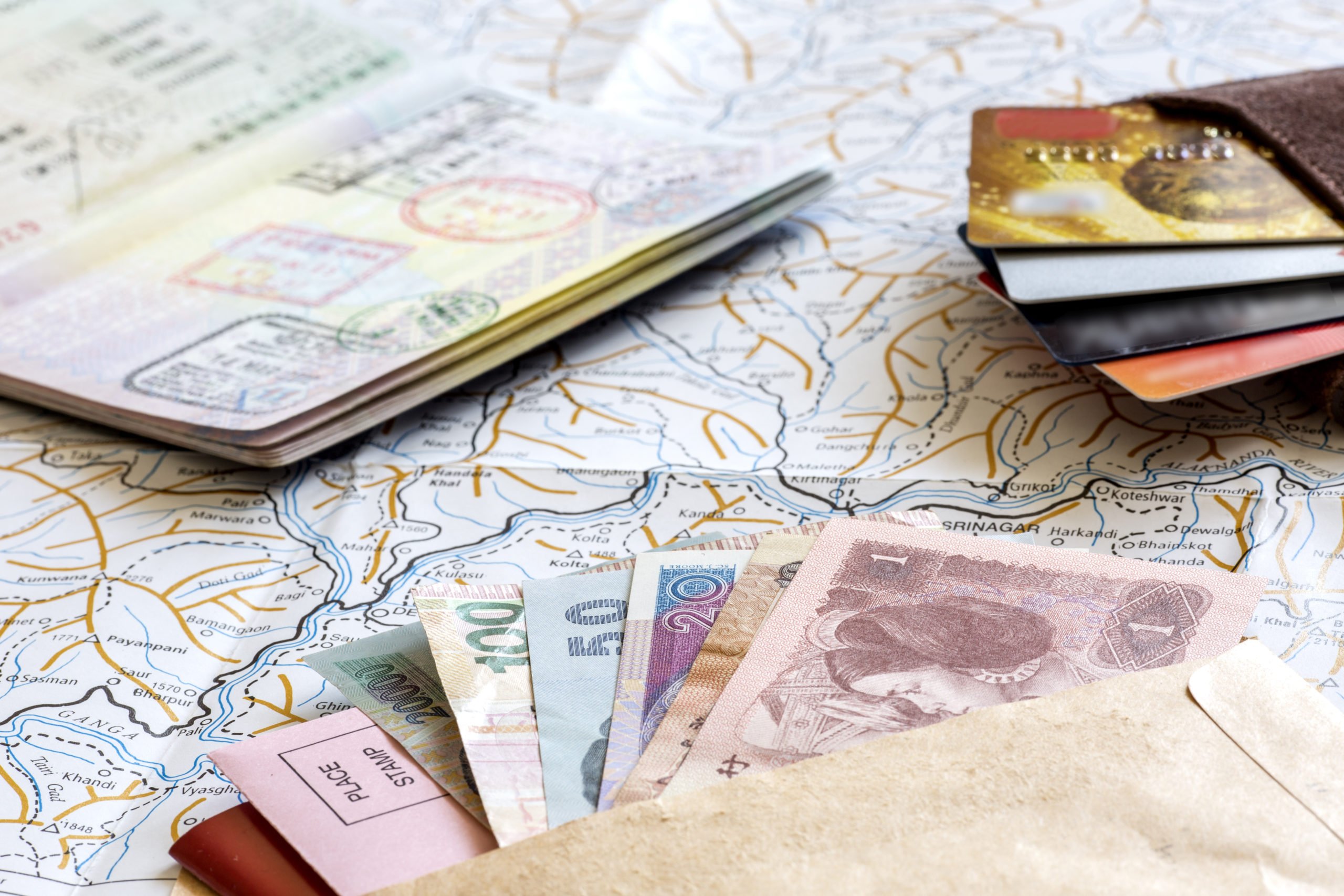
Multi-Currency Accounts
A multi-currency account is a bank account which allows the customer to keep a balance in a number of foreign currencies in addition to one in their native currency. Think of it as an account with lots of little “pots” within it and each pot is filled with different-looking pennies with the profiles of various different foreign dignitaries blazoned onto them.
If you use a multi-currency account you can use your bank card to withdraw in the currency you actually need (i.e. if you are going to Thailand, open a little tiny pot of Thai baht) sparing you the exchange rate markup at the point of withdrawal. However, you will still probably get at least some of the withdrawal fees. Furthermore, when you initially “fill” that pot, you still need to send money from your main balance (ie your native currency) into the foreign currency balance and the bank exchange rate markup will take place here instead.
Still, it is worth looking into and seeing what the rates are. Oh, and it also protects you from any fluctuations in the foreign exchange market that may occur during your trip.
Generally, high street banks don’t offer multi-currency accounts but a lot of neo-banks/fin-techs like the highly rated Wise (formerly Transferwise) do. If you want to know more about Wise then hit the button below to apply for an account – it takes minutes.
Exchanging Cash
In our experience, the best way to get a square deal on currency exchanges is to bring cash and change it at a kiosk. Currency changers do not offer the market rate either and they also apply a markup. However, it is usually between 1% – 2% which is better than you are likely to find anywhere else, AND you can often negotiate a better rate especially if you are exchanging a bigger amount.
What I would like to do is inquire as to what their rate is, ask for an improvement on the ground I’m changing £100 and then say “now what if I change £200?”. Sometimes you can get those markup margins to below 1%. This strategy works a lot better when you are dealing directly with the owner of the exchange rather than their bored, minimum wage, day lakey.
Of course, the downside of this is that it means taking a load of cash with you on your trip which does carry a risk. Still, if you hide it well in your backpack and exercise utmost caution then the laws of average are very much in your favour. Maybe even consider investing in a good money belt too. It’s just that if it does go wrong, then cash is usually not reclaimable on insurance.

Our GREATEST Travel Secrets…
Pop your email here & get the original Broke Backpacker Bible for FREE.
Final Thoughts on Travel Foreign Exchange
Travel foreign currency exchange is a complicated subject matter but I hope that this guide has helped to break it down and make it that bit more straightforward for you. Just remember, there are no free meals and changing currency is always going to cost you – it will never be a straight swap. But now you know how it all works you can find the best system for you.
Did I miss anything? How do you prefer to pay for your travels? Do you have any tips or tricks to help travellers save on foreign currency matters? Let us know in the comments below.
Buy Us a Coffee!
A couple of you lovely readers suggested we set up a tip jar for direct support as an alternative to booking through our links. So we created one!
You can now buy The Broke Backpacker a coffee. If you like and use our content to plan your trips, it’s a much appreciated way to show appreciation 🙂


